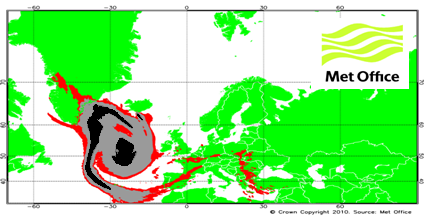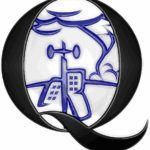With the word “communication” flying around the meeting all week, it might become easy to lose track of how it applies to each of us as individuals–or whether it applies to us at all. Does your role as a meteorologist also involve being a communicator? Isn’t that the job of the professional communicators?
This weekend’s communication workshop, “Integrating Communication, Weather, and Climate: More Than Just ”Talking about the Weather!’, asked those questions to some communication professionals, and their answers provided new insights to the many meteorologists in attendance. They ultimately agreed on a couple of key points: 1) the complexities of climate science make communication particularly difficult, and 2) we all have a role in communicating our science, whether it be to the public, government officials, colleagues, students, or even to our families, neighbors, and friends.
And why shouldn’t scientists also be communicators? Panelist Kim Curtis of Resource Media pointed out that scientists are among the most trusted groups by the public, more than even friends and family (and that is despite the fact that only 18% of the public actually know a scientist personally.)

The problem is that there are serious obstacles to getting the message through to the public and insuring they are receiving accurate information. Kathy Rowan of George Mason University highlighted the difficulties of communicating slow-onset risks–that is, hazards (such as long-term climate change) that progress over an extended period of time. She pointed out that humans are wired to focus on what is directly in front of them and often have difficulty looking into the future.
Expanding on that point, Bud Ward of the Yale Forum on Climate Change and the Media pointed out that when discussing climate change, the public has difficulty accepting costs that must be paid today when tangible benefits may not be felt for a very long time. As he mentioned, we have trouble even agreeing whether to use the term”climate change” or “global warming.” And of course, there are the political aspects related to communicating climate to the public. All of this obviously generates confusion.
So how can scientists overcome these difficulties and act as de facto communicators? The panelists’ recommendations included making explanations as succint and as simple as possible and addressing and discussing uncertainty in science rather than ignoring it. But the prevailing opinion was that scientists communicate most effectively when they make science relevant to the public. Some panelists noted the importance of telling stories that help the public understand how climate impacts their daily lives. And Ward explained how he avoids contentious political discussion when he speaks to local communities by emphasizing the specific ways climate could impact those areas.
According to the panelists, the ultimate goal is make science interesting to the general public while also providing technically accurate information–a fine balance, indeed, but one that hopefully will become less daunting after this week’s meeting.



